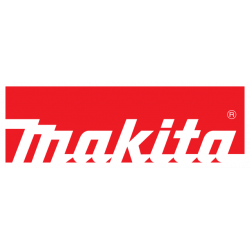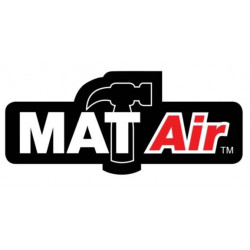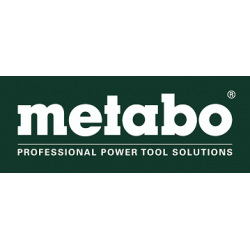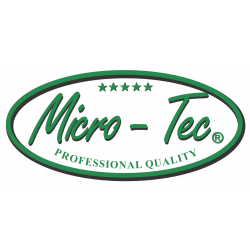
- Stock: 128
- Model: PT21052-30
- Weight: 0.48kg
- Dimensions: 258.00mm x 256.00mm x 26.00mm
- SKU: PT21052-30
- UPC: 6009515860257
 Saw blade for circular saws
Saw blade for circular saws
 Carbide
Tipped - Saw blade for circular saws - Crosscut/Laminate
Carbide
Tipped - Saw blade for circular saws - Crosscut/Laminate
The professional saw blade cuts straight, accurately and vibration free.
High quality tungsten carbide is used with a micro grain structure to achieve a high edge retention and remains sharper for longer.
The saw blade can be used both for crosscutting and laminates.
Saw blade terminology
Arbor:
The shaft that turns the saw blade.

ATB:
Alternate Top Bevel. The tips on the saw blade bevels from left to right in
sequence. Each tip has a sharp point that result in a clean, shear cut leaving a
fine finish with minimal chipping. For use in plywood, veneer, particle board
and wood.
Anti-kickback:
The gullet is shaped like a camel's hump, also called a limiter, to limit the
amount of material that can safely be cut by each tooth.
Bore:
The center hole diameter of the saw blade.
Combination:
Circular saw blades that can be used both for crosscutting and ripping.
Crosscut:
A cut made across the grain of the wood. Cutting wood to length.
Dado:
A set of stacked blades designed to produce grooves.
Depth of cut:
The maximum depth of cut safely achievable determined by the power tool
and saw blade diameter.
Diameter:
The outside of the saw blade measured directly accross from one tip to the other
opposing tip.
Expansion slots:
Heat is generated with each cut due to friction. All saw blades have expansion
slots in the body of the blade to have an outlet to release tension and warping.
Flange:
Falnges are used to clamp the saw blade to the arbor of the saw. Most of the
time, the flanges cover more or less a third of the saw blade's diameter. It is
important that the flanges are always clean to prevent warping and vibration.

Flat top grind (FTG):
Unlike the ATB, the tips are ground flat with a 0° top angle. The tips
are more durable and longer lasting. Mostly used with rip saw blades.
Gullet:
The hollowed out shape between teeth that assists with chip clearance. Saw
blades have different gullet designs. Mostly dependant on the material being
cut.
Hollow ground:
The tips are concave shaped.
Hook angle/rake/pitch:
Forward angled tips tend to grab material, like a gouge carving into the
material. Backward angled tips don't have grabbing at all, like a scissor
cutting the material.
Kerf:
The width of cut.
Rip:
A cut made along the grain direction of the wood. Cutting wood to
width.
Shim/bushing:
Depending on the bore of the saw blade and the arbor of the saw. A shim or
bushing is available to adapt the saw blade to the arbor. No bushings or shims
are available in Ø 22.23mm.

TCG:
Triple Chip Grind. A flat top tooth is followed by a trapezoidal tooth. Designed
for saw blades to eliminate chipping in brittle materials like chipboard and
laminated material.
Thin kerf:
The saw blades are slightly narrower than standard saw blades. A lot
less power is needed to make cuts and it has a slightly lower material waste.
Keep in mind to recalibrate the scale on table saws when fitting a thin kerf saw
blade.

| consider safety for your health and the people around you | |||
General safety suggestions:It is advisable to always have the following items nearby and in a good condition
|
|||
|
|
|
|
|
|
Wear Gloves
|
Eye Protection
|
Hearing Protection
|
Dust Mask
|
| Outside diameter | Bore diameter | Kerf | Tooth count (Z) | Grind |
| Ø 210mm | Ø 30mm | 2.4mm | 52 | ATB |


















































































